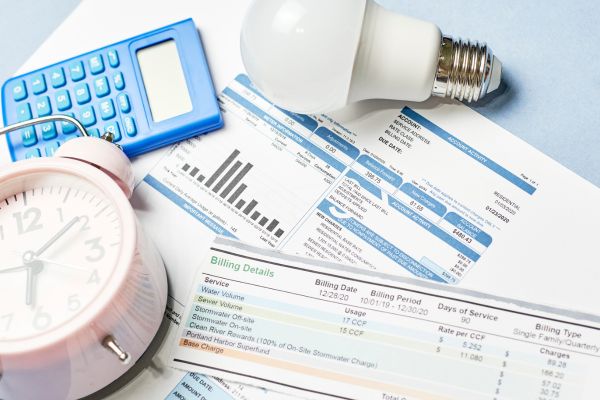Is the seller's signature required on the invoice? How many types of invoices are currently in use?
What is an invoice number?
Pursuant to Clause 3 Article 10 of Decree 123/2020/ND-CP, the regulation is as follows:
Contents of the invoice
...
3. Invoice number
a) The invoice number is the serial number shown on the invoice when the seller makes the invoice. The invoice number is written in Arabic numerals with a maximum of 8 digits, starting from number 1 on January 01 or the starting date of using the invoice and ending on December 31 annually with a maximum up to 99,999,999. Invoices are made in consecutive order from smaller to larger numbers within the same invoice symbol and sample invoice number symbol. For invoices printed by the tax authority, the invoice number is pre-printed on the invoice, and the buyer of the invoice is allowed to use it until it is exhausted after purchase.
In case a business organization has many sales establishments or many establishments simultaneously using one type of electronic invoice with the same symbol according to the method of random retrieval from an electronic invoice system, invoices are made in consecutive order from smaller to larger numbers according to the time the seller digitally signs or electronically signs the invoice.
b) In case the invoice number is not made according to the above principle, the electronic invoicing system must ensure the principle of increasing over time, each invoice number must ensure it is made, used only once, and with a maximum of 8 digits.
...
The invoice number is the serial number shown on the invoice when the seller makes the invoice.
The invoice number is written in Arabic numerals with a maximum of 8 digits, starting from number 1 on January 01 or the starting date of using the invoice and ending on December 31 annually with a maximum up to 99,999,999.
Invoices are made in consecutive order from smaller to larger numbers within the same invoice symbol and sample invoice number symbol.
For invoices printed by the tax authority, the invoice number is pre-printed on the invoice, and the buyer of the invoice is allowed to use it until it is exhausted after purchase.

Is the seller's signature required on the invoice? How many types of invoices are currently in use? (Image from the internet)
Is the seller's signature required on the invoice?
Pursuant to Clause 7 Article 10 of Decree 123/2020/ND-CP, the regulation is as follows:
Contents of the invoice
...
7. Seller's signature, buyer's signature, specifically:
a) For invoices printed by the tax authority, the invoice must have the seller's signature, the seller's seal (if any), and the buyer's signature (if any).
b) For electronic invoices:
In cases where the seller is an enterprise or organization, the seller's digital signature on the invoice is the digital signature of the enterprise or organization; in cases where the seller is an individual, the individual's digital signature or the authorized person's digital signature is used.
In cases where the electronic invoice does not necessarily require the seller's and buyer's digital signatures, they follow the regulations in Clause 14 of this Article.
...
Thus, for invoices printed by the tax authority, the invoice must have the seller's signature, the seller's seal (if any), and the buyer's signature (if any).
In cases where the seller is an enterprise or organization, the seller's digital signature on the invoice is the digital signature of the enterprise or organization; in cases where the seller is an individual, the individual's digital signature or the authorized person's digital signature is used.
In cases where the electronic invoice does not necessarily require the seller's and buyer's digital signatures, they follow the regulations in Clause 14 of this Article.
How many types of invoices are currently in use?
Pursuant to Article 8 of Decree 123/2020/ND-CP, the following types of invoices are commonly used, including:
(1) Value-added invoice
A value-added invoice is an invoice used by organizations declaring and calculating value-added tax by the deduction method in the following activities:
- Selling goods and providing services domestically;
- International transportation activities;
- Exporting to non-tariff areas and cases that are considered as exports;
- Exporting goods and providing services abroad.
(2) Sales invoice
A sales invoice is an invoice used to sell goods and services for the following entities:
- Enterprises declaring and calculating VAT by the direct method when selling goods and services domestically, exporting to non-tariff areas, and cases considered as exports.
- Enterprises in non-tariff areas when selling goods, providing services domestically, and when selling goods, providing services between organizations and individuals in non-tariff areas, clearly stating "For organizations and individuals in non-tariff areas" on the invoice.
(3) Other invoices include: stamps; tickets; cards; insurance receipt vouchers...
(4) Receipt vouchers
Including air freight transportation receipts; international transportation fee receipts; bank service fee receipts...
**(5) Documents printed, issued, used, and managed as invoices include internal warehouse dispatch slips, warehouse dispatch slips for goods sent for sale on consignment.
LawNet